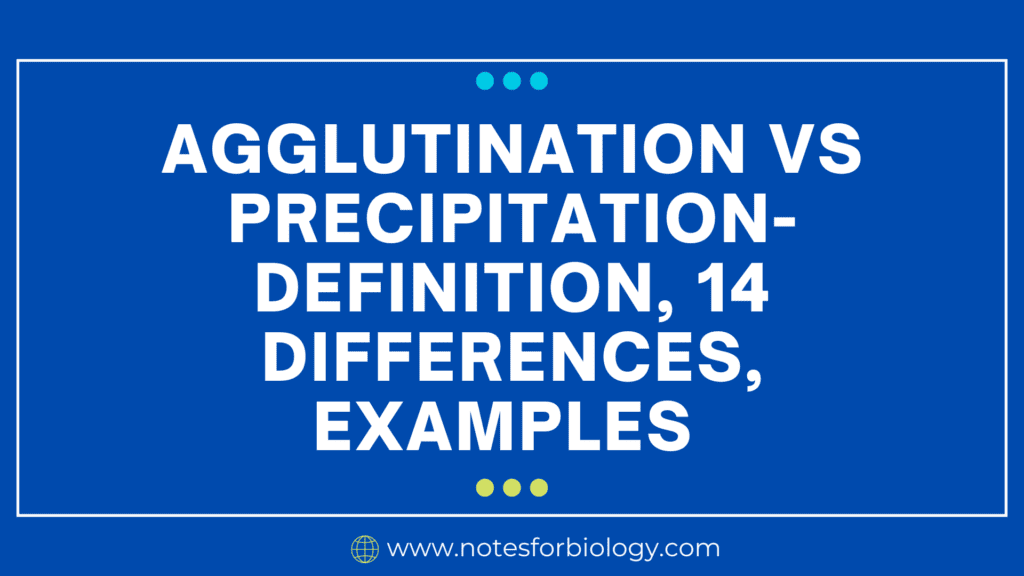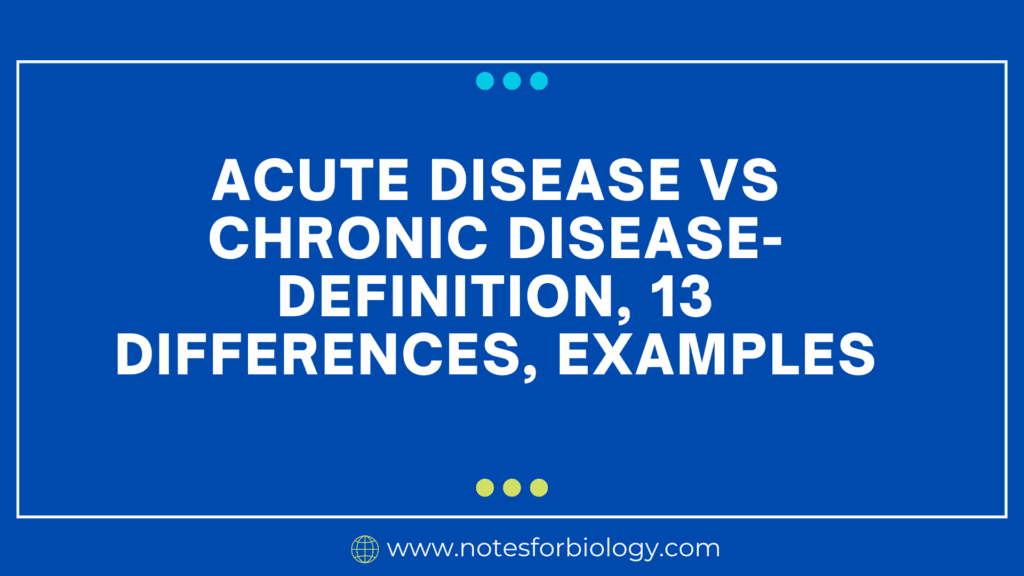Anatomical Barriers of Immune System- Skin and Mucus
The immune system’s anatomical barriers serve as the initial line of protection against infections. These chemical and physical barriers stop dangerous bacteria from entering the body. The skin and mucous membranes are two of these barriers that are most important. Being the biggest organ in the body, the skin acts as a strong defense against […]
Anatomical Barriers of Immune System- Skin and Mucus Read More »










